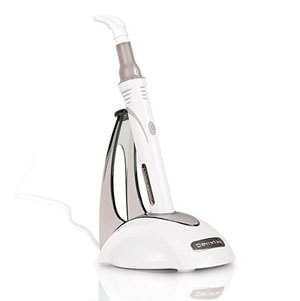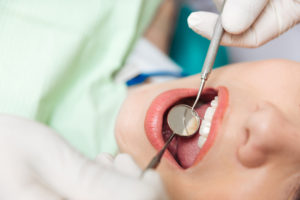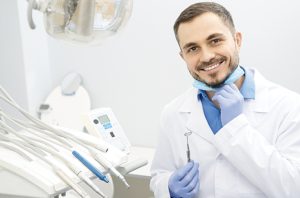Your third molar teeth, more commonly called your wisdom teeth, are the four teeth in the back corners of your mouth. They usually appear right around the start of adulthood, when the body has finished growing, although some people never have wisdom teeth come in at all. For many people, the process is not a problem. In some cases, though, the teeth don’t have enough space to grow into. As a result, they squeeze into too small a space as they grow. This results in an impacted wisdom tooth. An impacted wisdom tooth can cause pain, cracked teeth, and infections. It can also cause the wisdom tooth to grow at a strange angle, which can lead to tongue and jaw injuries. The wisdom tooth also might not erupt from the jaw bone at all, leading to a lot of pain and potential jaw problems.
If an impacted wisdom tooth causes significant pain or an infection, you will probably need to have it removed. You may also need it removed if it traps food behind it, because the tooth will be prone to decay in the future and your gums could get infected as a result. An erupting wisdom tooth causing damage to surrounding teeth will need to be removed as well, as will wisdom teeth that develop cysts. Needing treatments to straighten your other teeth might also require you to have a wisdom tooth pulled if it could get in the way of the treatment. Wisdom tooth extraction is generally a simple form of oral surgery, and it can be done by dentists as well as oral surgeons.
Some dental specialists recommend having your wisdom teeth removed as a preventive measure[i]. They argue that extracting them before problems develop is best because young adults will experience fewer complications, older adults often experience more difficulties during surgery, and even problem-free wisdom teeth can be difficult to clean, leading to long term dental problems. However, specialists disagree about the benefit of extracting wisdom teeth that aren’t causing significant problems.
This surgery can often be done with a local anesthetic, though sedation is sometimes used as well. You might be able to return to work and other activities shortly after the surgery.
Third molar tooth extraction is generally not too different from other kinds of tooth extraction. The dentist or oral surgeon might have to cut into your gums a bit. If they do, they will stitch the wounds closed afterward. No follow up is needed, the stitches should dissolve in a few days on their own. You may need to keep some gauze pads in your mouth for several minutes to an hour or more after the surgery to soak up the blood. You may experience some swelling and discomfort for a few days after the surgery. During this time you should eat soft foods and periodically rinse your mouth out with salt water, without spitting. Don’t drink through a straw during this time, as the sucking could open your wounds. For the first day after the surgery, don’t brush your teeth. Avoid the wound when you do start brushing. Your mouth could take a few weeks to fully heal[ii].
[i] https://www.mayoclinic.org/tests-procedures/wisdom-tooth-extraction/about/pac-20395268
[ii] https://www.webmd.com/oral-health/wisdom-teeth-adult
















